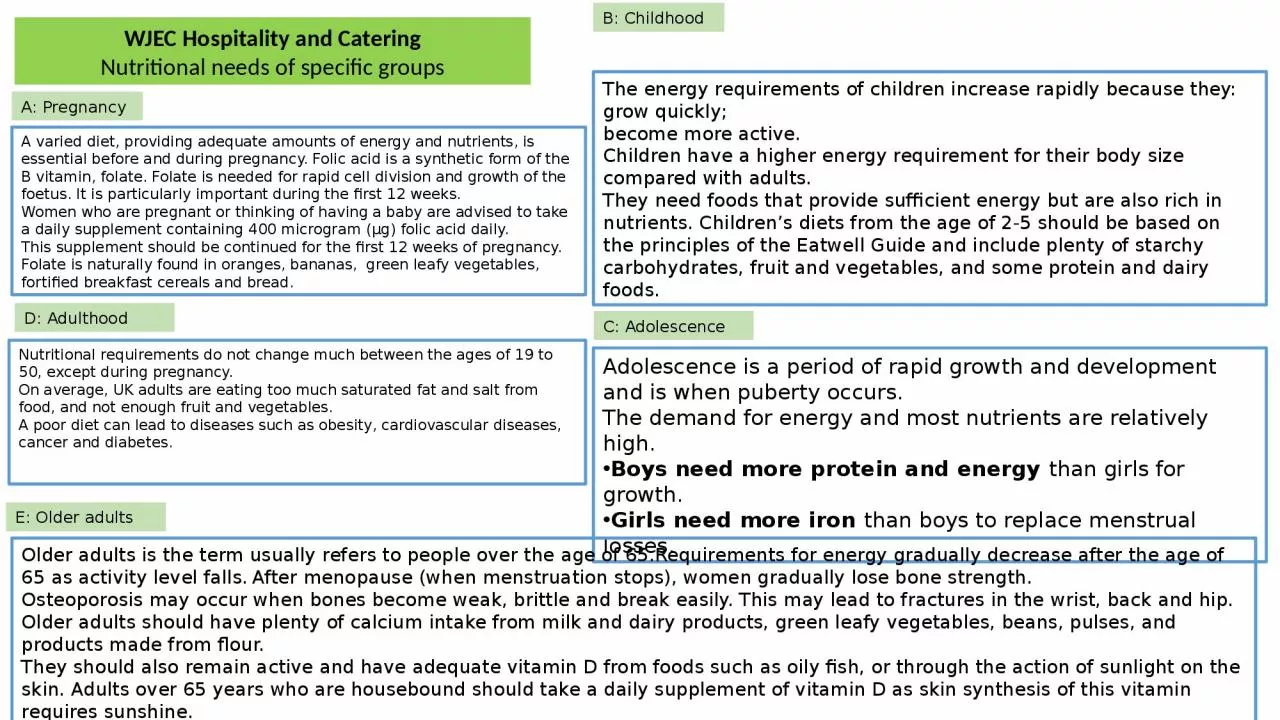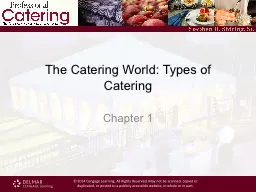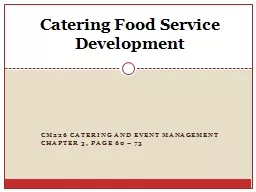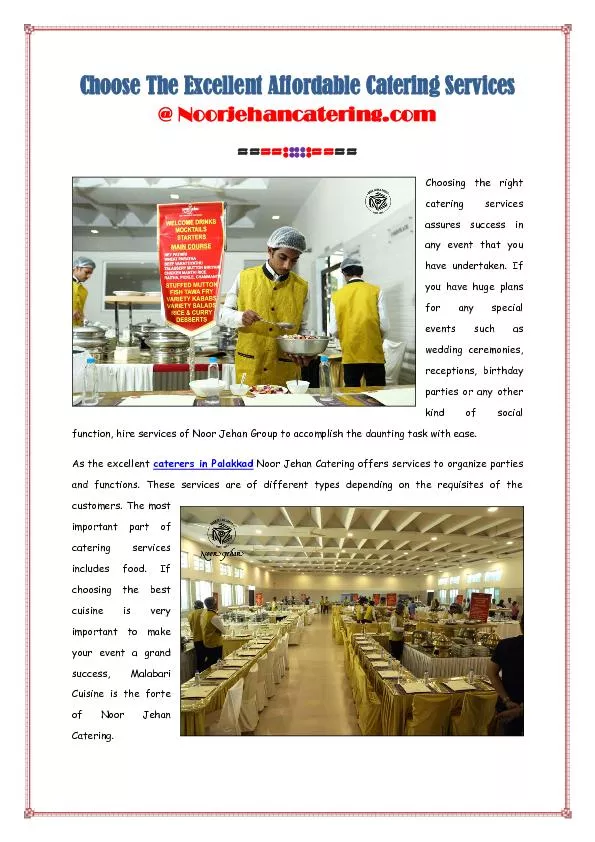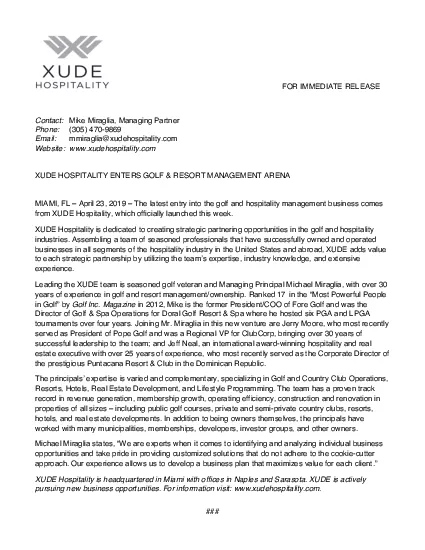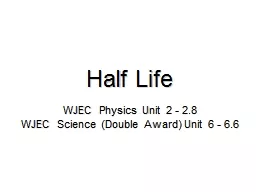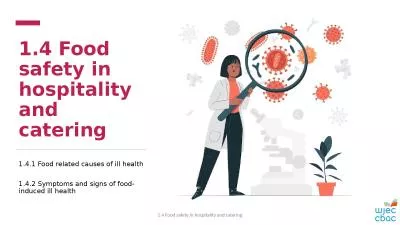PPT-WJEC Hospitality and Catering
Author : sadie | Published Date : 2024-03-13
Nutritional needs of specific groups A varied diet providing adequate amounts of energy and nutrients is essential before and during pregnancy Folic acid is a
Presentation Embed Code
Download Presentation
Download Presentation The PPT/PDF document "WJEC Hospitality and Catering" is the property of its rightful owner. Permission is granted to download and print the materials on this website for personal, non-commercial use only, and to display it on your personal computer provided you do not modify the materials and that you retain all copyright notices contained in the materials. By downloading content from our website, you accept the terms of this agreement.
WJEC Hospitality and Catering: Transcript
Download Rules Of Document
"WJEC Hospitality and Catering"The content belongs to its owner. You may download and print it for personal use, without modification, and keep all copyright notices. By downloading, you agree to these terms.
Related Documents

